High-calibre machine guns, bayonets, grenade launchers, tracked armored vehicles and weaponized aircraft from the U.S. military may be coming to your local police or school.
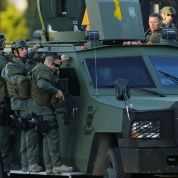
The Trump administration has broadened a controversial program that provides military equipment to local law enforcement agencies, reversing limited Obama-era reforms made in response to widespread outrage over the use of battlefield equipment in the course of routine policing as well as against anti-police-brutality protesters in Ferguson and elsewhere.
In issuing the executive order, the White House sought to depict the high-grade weapons-sharing component of the Department of Defense Excess Property Program, or 1033 Program, as a necessary measure to address rampant crime and lawlessness in the U.S. while ensuring public safety.
Speaking to a cheering crowd of 6,000 rank-and-file officers at the Nashville, Tennessee, national convention of the Fraternal Order of Police, Attorney General Jeff Sessions said the program would "ensure that you can get the lifesaving gear that you need to do your job." The FOP endorsed Donald Trump during his presidential campaign last year after promising to scrap existing limitations on 1033.
“These restrictions that had been imposed went too far, we will not put superficial concerns above public safety,” Sessions continued. “The executive order the president will sign today will ensure that you can get the lifesaving gear that you need to do your job.”
Such gear includes repurposed grenade launchers, M-16 assault rifles, sniper rifles, bayonets, drones, mine-resistant ambush protected vehicles or MRAPs, and rotating machine gun turrets that shoot .50-caliber ammunition.
The move reverses Obama's 2015 executive order that modestly limited the transfer of military equipment to police agencies
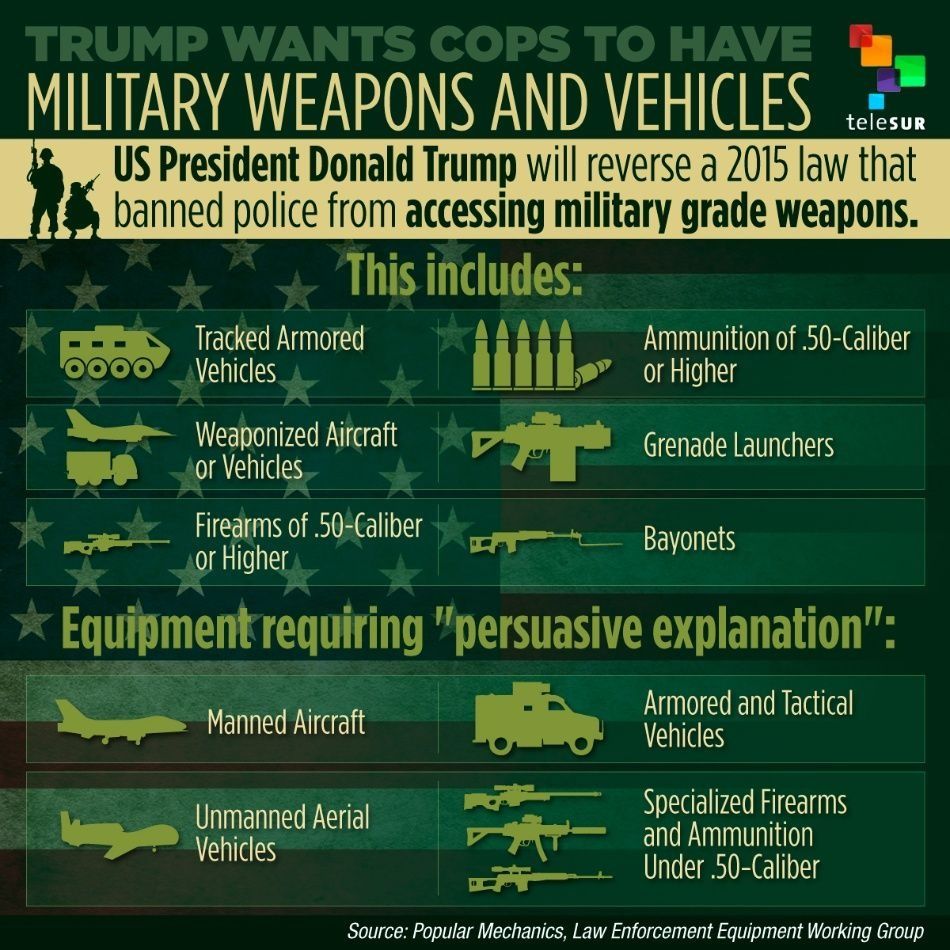
“Studies have shown that this equipment reduces crime rates, reduces a number of assaults against police officers and actually reduces a number of complaints against police officers,” Sessions said.
Critics say the program created a situation – especially in communities of color blighted by poverty – where local law enforcement agencies behaved like an occupation force practicing punitive zero-tolerance policing augmented by battlefield arms.
According to an administration summary released Sunday, the order restores "the full scope of a longstanding program for recycling surplus, lifesaving gear from the Department of Defense, along with restoring the full scope of grants used to purchase this type of equipment from other sources ... Assets that would otherwise be scrapped can be re-purposed to help state, local and tribal law enforcement better protect public safety and reduce crime."
Despite claims that the federal program is meant to release “excess” military equipment, a 2014 report by the Senate found that over a third of material supplied to local government agencies had either never been used by the U.S. Armed Forces or was in brand-new condition.
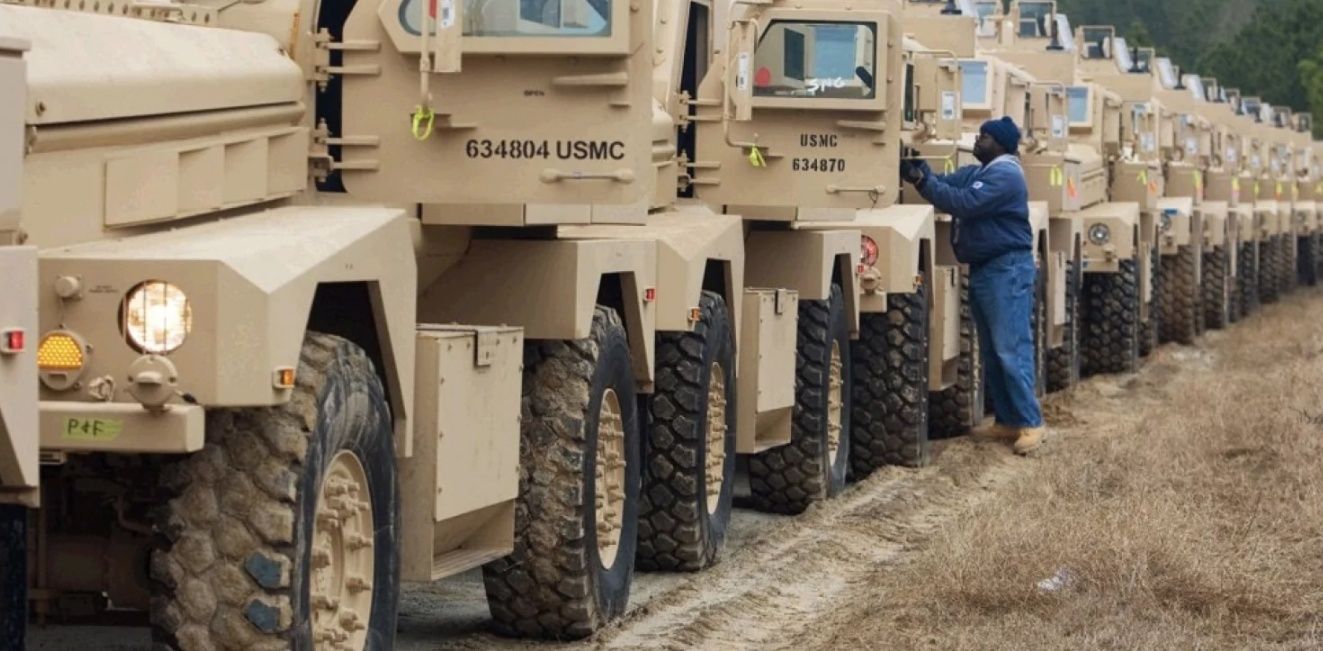
Created in 1990 amid the federal war on drugs and expanded in 1997, the 1033 Program is administered by the Pentagon's Defense Logistics Agency through its Law Enforcement Support Office, whose motto is “from warfighter to crimefighter.”
RELATED:
'Urban Shield' Puts the Spotlight on Police Militarization
The program has provided US$6 billion in equipment and arms to over 8,600 federal, local and state police agencies in all 50 U.S. states and occupied U.S. territories. Government entities including park districts, the U.S. Forest Service and junior college police were able to order the equipment through an online catalog-style mail-order website.
Supplies distributed ranged from office equipment, clothing and first aid kits to machine guns, night vision devices, rifle scopes, helicopters and planes, military drones, shock cuffs, long range acoustic devices or LRADs, surveillance equipment, 107-millimeter mortar-carrying tanks, explosive ordnance disposal robots and armored vehicles including MRAPs.
Around 500 MRAPs were distributed through 1033 to police departments, including small communities and the Ohio State University Campus Police. According to government reports, local police departments in almost every state have more MRAPs than their states' respective National Guard units.
Police departments at universities and junior colleges across the U.S. also procured tactical gear, assault rifles and less-lethal munitions through the program.
Police watchdogs, social movements and legal advocates have argued that the program lacks transparency and encourages police to use heavy-handed paramilitary techniques in the course of everyday policing tasks such as the execution of search warrants, probation checks and criminal or traffics arrests, unnecessarily escalating encounters and boosting the chances that officers will resort to deadly force.
Studies have shown that the overuse of special weapons and tactics or SWAT policing widens racial disparities and traumatizes entire neighborhoods, feeding popular perceptions that the police are an inherently violent and antagonistic force.
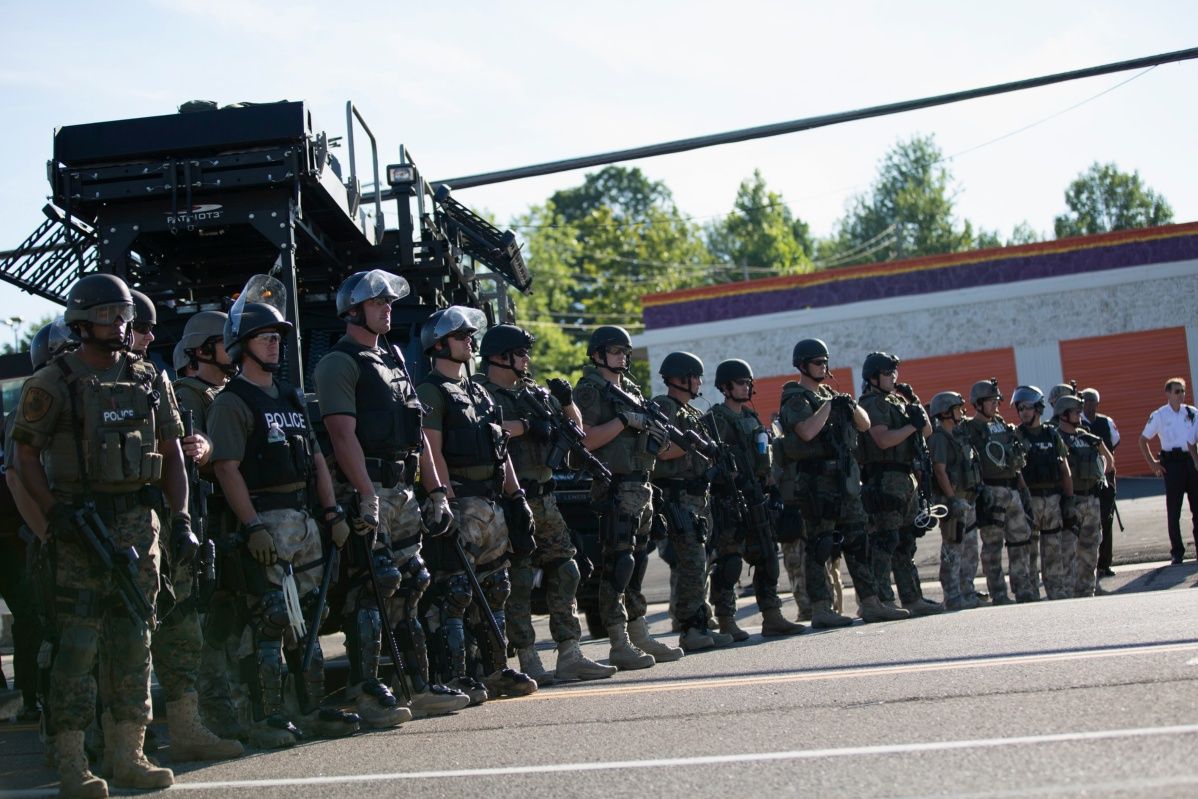
“Using these federal funds, state and local law enforcement agencies have amassed military arsenals purportedly to wage the failed War on Drugs, the battlegrounds of which have disproportionately been in communities of color,” the ACLU said in a 2014 report titled War Comes Home: The Excessive Militarization of American Policing. “But these arsenals are by no means free of cost for communities. Instead, the use of hyperaggressive tools and tactics results in tragedy for civilians and police officers, escalates the risk of needless violence, destroys property, and undermines individual liberties.”
Criticism of the program came to a head following several violent crowd suppression responses to anti-police-brutality protests in cities across the U.S. In cities from Anaheim, California, to St. Louis, Missouri, journalists and community members captured striking images of police wearing camouflage military garb while deploying high-powered rifles atop armored vehicles.
The program has also been seen as lacking public discussion and enjoying virtually no oversight, opening the door to slipshod bookkeeping, governmental confusion and vanishing 1033 equipment that finds its way onto the black market.
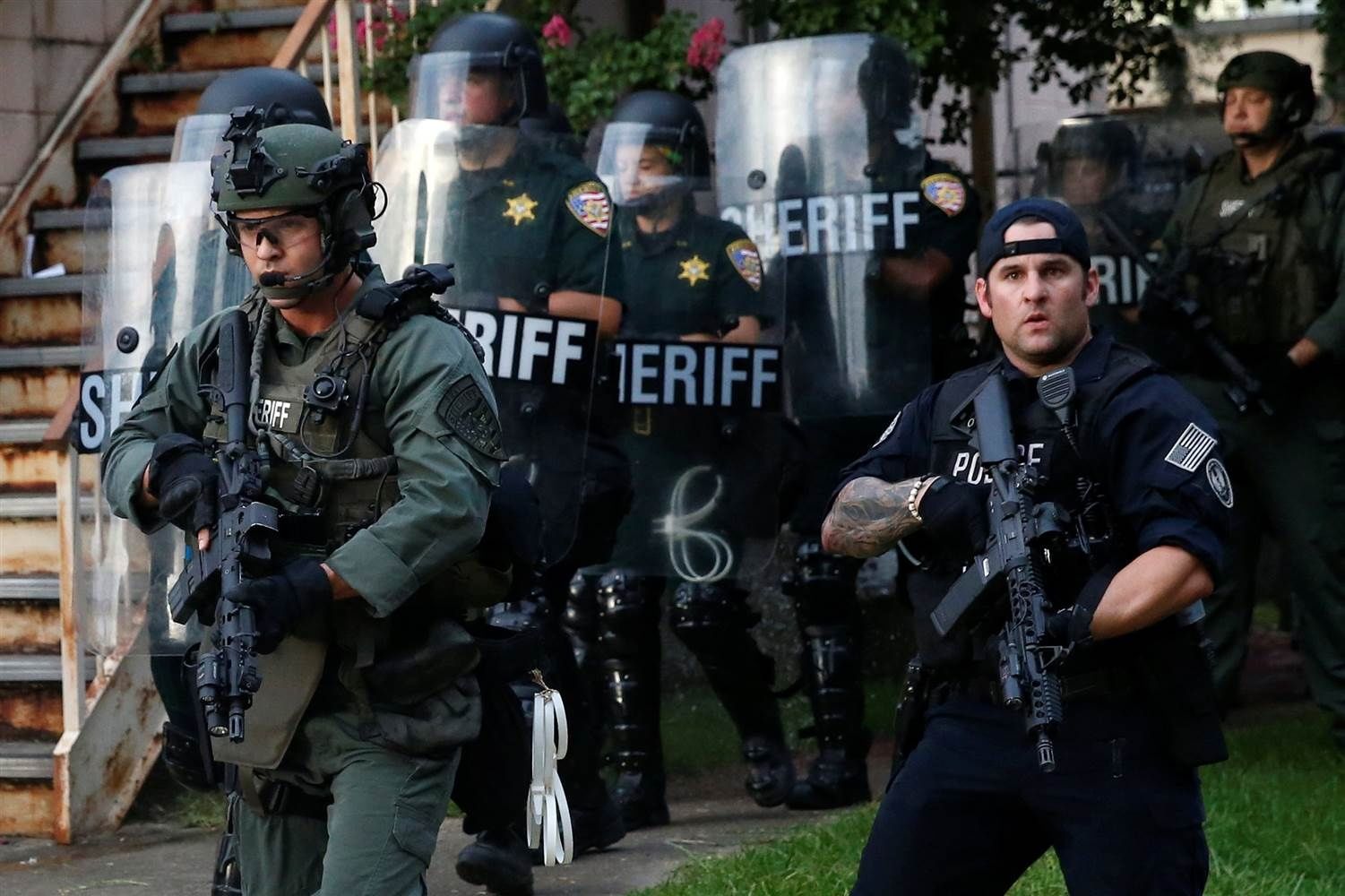
Under former Arizona Sheriff Joe Arpaio, the Maricopa County Sheriff's Office amassed a significant arsenal of military weaponry from the 1033 Program including a Humvee, 90 M-16 rifles, a tank, 116 .45-caliber pistols, 34 M-14 rifles and three helicopters. Arpaio's office was suspended from the program in 2014 after it was discovered that 20 to 22 of the weapons went missing, often because retired or current deputies took the weapons home and never returned them.
IN PICTURES:
Rage, Defiance as Charlotte Rises Up Against Police Terror
The Pinal County Sheriff's Office in Arizona was also discovered to have auctioned off millions of dollars' worth of 1033 equipment to non-law enforcement agencies for the sole purpose of raising revenue.
In 2014 it was discovered that 184 agencies were suspended from the program due to hundreds of weapons going missing or a failure to comply with guidelines. While small arms such as rifles and handguns were the most common weapons to vanish, 2 Humvees had also gone missing.
While former President Barack Obama has been credited with imposing oversight on the program and limiting the distribution of military hardware to local agencies, his move was widely criticized as being of a symbolic nature. The vast majority of equipment 1033 had provided remained available following his 2015 executive order, and much of the banned equipment such as weaponized aircraft, tracked vehicles and .50 caliber heavy machine guns had never been made available to agencies.
In July, the Government Accountability Office tested the 1033 Program through a sting operation tasked with discovering the potential for fraud and abuse. After creating a “fictitious federal agency” that claimed it performed high-level security and counter-terror work, the GAO managed to secure over US$1.2 million worth of night vision goggles, pipe-bomb and rifle equipment within a week.
“They never did any verification, like visit our ‘location,’ and most of it was by email,” said Zina Merritt, the director of the GAO operation. “It was like getting stuff off of eBay.”